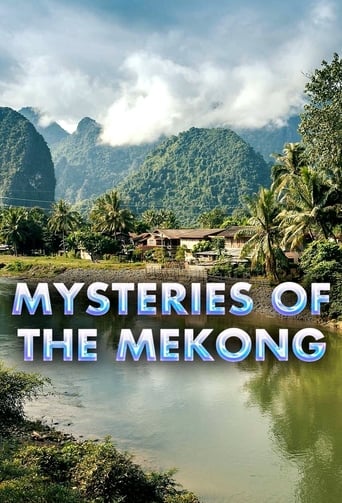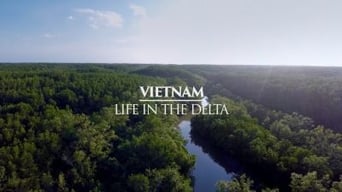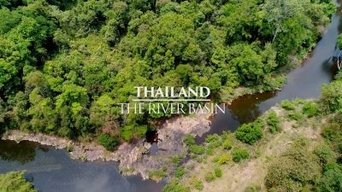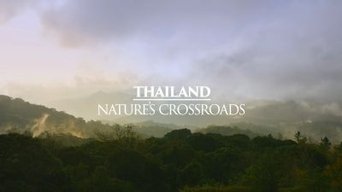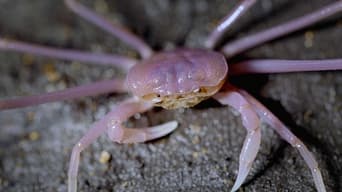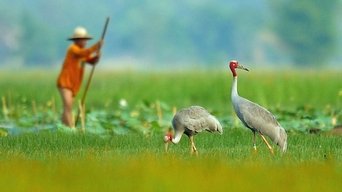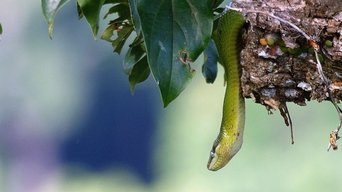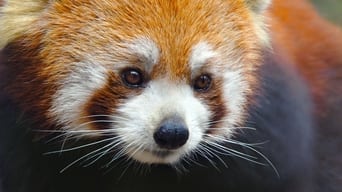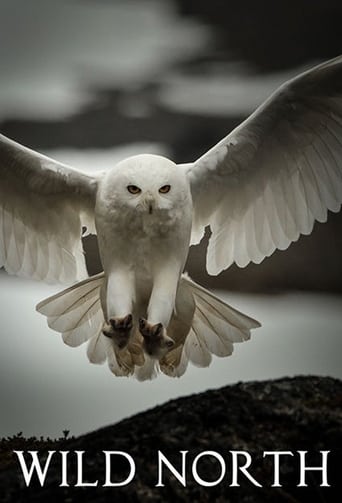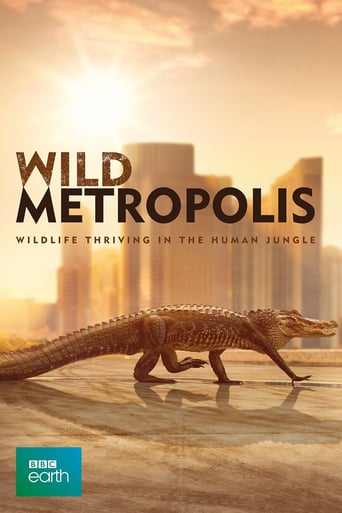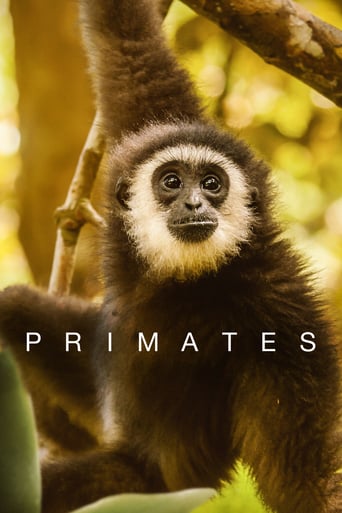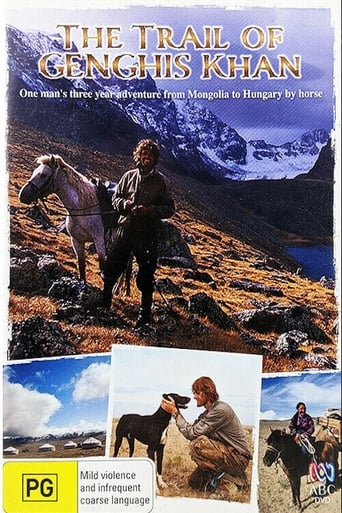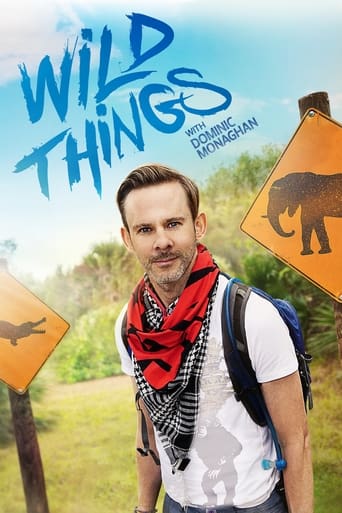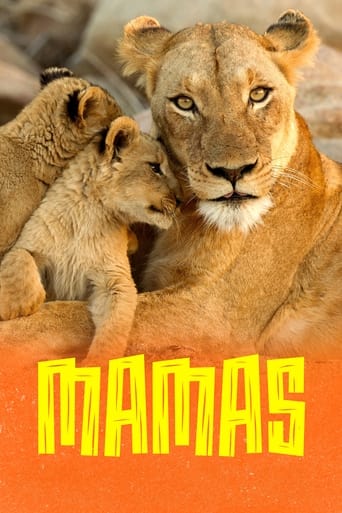Mysteries of the Mekong Season 1
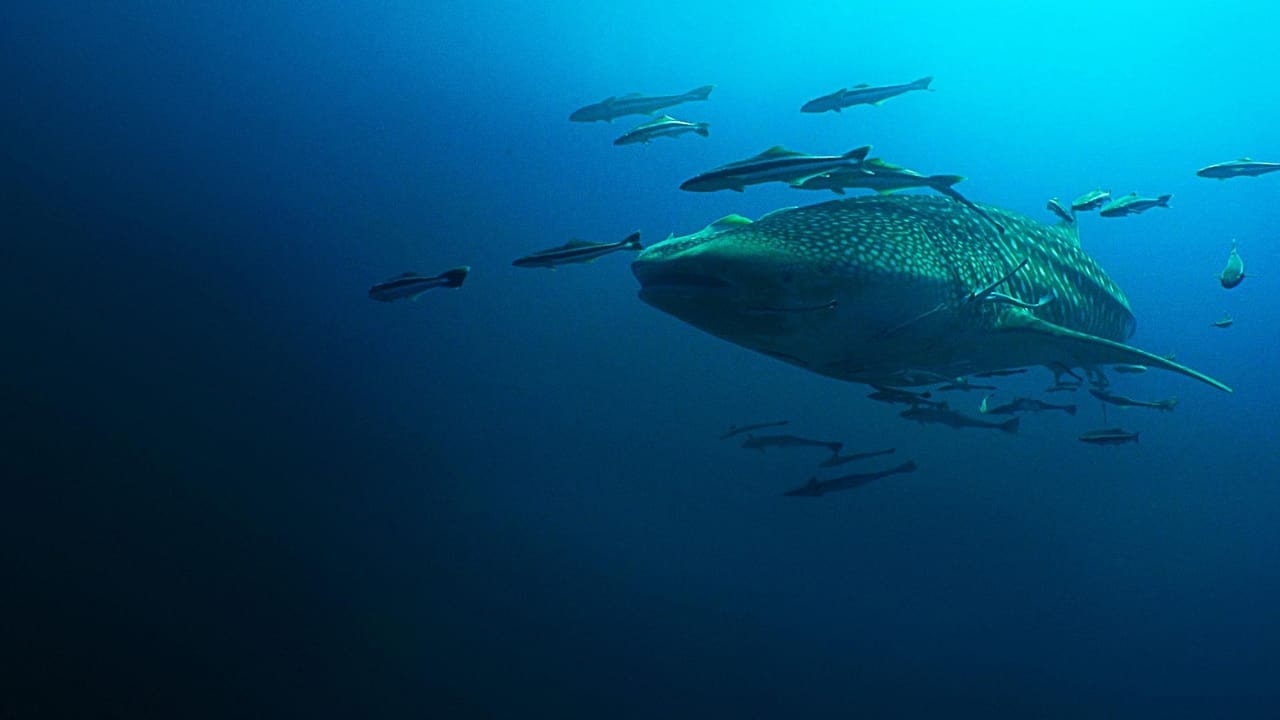
The Mekong basin is one of the richest areas of biodiversity in the world, yet one of the most undiscovered. 20,000 plant species, 430 mammals, 1,200 birds, 800 reptiles and amphibians, and an estimated 850 freshwater fish species, are found in this very remote Asian region. A not-to-be-missed wildlife series that will truly be a feast for the eyes.
Watch NowWith 30 Day Free Trial!
Mysteries of the Mekong
2017 / TV-PG


The Mekong basin is one of the richest areas of biodiversity in the world, yet one of the most undiscovered. 20,000 plant species, 430 mammals, 1,200 birds, 800 reptiles and amphibians, and an estimated 850 freshwater fish species, are found in this very remote Asian region. A not-to-be-missed wildlife series that will truly be a feast for the eyes.
Watch Trailer
With 30 Day Free Trial!
Mysteries of the Mekong Season 1 Full Episode Guide
The Mekong Delta is one of the largest on Earth. Formed over the last 8000 years, it fans out and discharges into the South China Sea via nine channels. These channels split and shape the coastline, creating unique habitats for a variety of animals.
The final country on the Mekong’s journey is the home of the rivers mighty delta. A large deposit of rich nutrients carried downstream from hundreds of kilometres makes this region, the jewel of Vietnam’s crown, a biological treasure trove.
Follow the seasonal ebb and flow of the Mekong through Cambodia - a nation where everything has a special relationship with water. From Cambodia’s diverse wildlife to people living in the stilt villages of lake Tonle Sap, the Mekong has dictated the lives of everything that lives there for centuries.
Cambodia is a country that lies almost entirely within the Mekong basin, flanked by Thailand, Laos and Vietnam. The Mekong travels the length of the country entering in the north and tracking south, cutting the region into two halves. Every habitat here is somehow linked to the Mekong’s waters. Whether it be it’s tributaries which connect and traverse much of the countries terrain, or the seasonal flooding that influences landscapes miles beyond its reach.
Although the Mekong runs down Thailand’s far eastern border, the influence of the river’s basin reaches across nearly half the country. The east of Thailand is characterized by a complex network of the Mekong’s tributaries. These waterways are the foundation of life for many different ecosystems; from extensive rice fields to large pockets of tropical rainforest.
Thailand is a place of a thousand landscapes, dominated by lush forests, rolling hills and extensive rivers systems that feed into the mighty Mekong. Here the Mekong river continues it’s journey down the Eastern border, winding it’s way through biological and geological crossroads, sculpting the landscape and the lives of the creatures that live there.
Squeezed between South East Asia’s two most formidable geographical barriers - the Annamite mountains and the Mekong river, lies Khammouane – a rugged karst landscape, honeycombed with countless caves. These caves were formed by water flowing down towards the Mekong.
The Mekong continues it’s journey south marking the Eastern border of Thailand. In this region, temperate north meets tropical South, making it one of the most biodiverse countries in the world. This mixture provides the breeding grounds of some of the most captivating wildlife on Earth.
The Mekong River draws the majority of Laos' Western border. It also holds one of the region's most pristine, diverse and steep terrains. In these untouched forests lives one of the most elusive primates on Earth: the highly endangered black-crested Gibbon.
From its source in the Tibetan plateau, the Mekong River flows into China's Yunnan Province. Even though Yunnan occupies less than 4% of China’s land, it is home to over half of its birds and mammals.- all due to its unique position between temperate East Asia and the tropical south.
Free Trial Channels
Seasons


